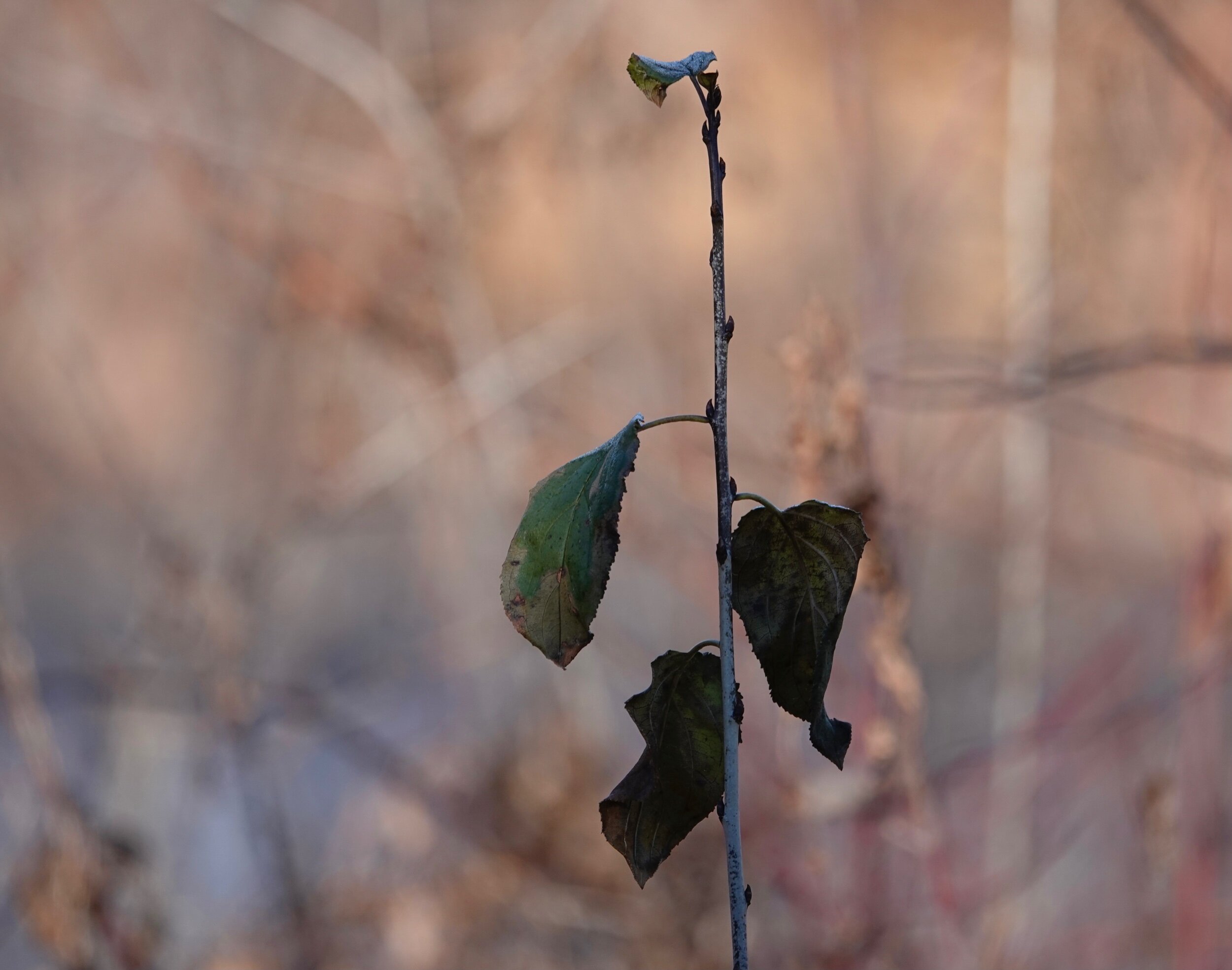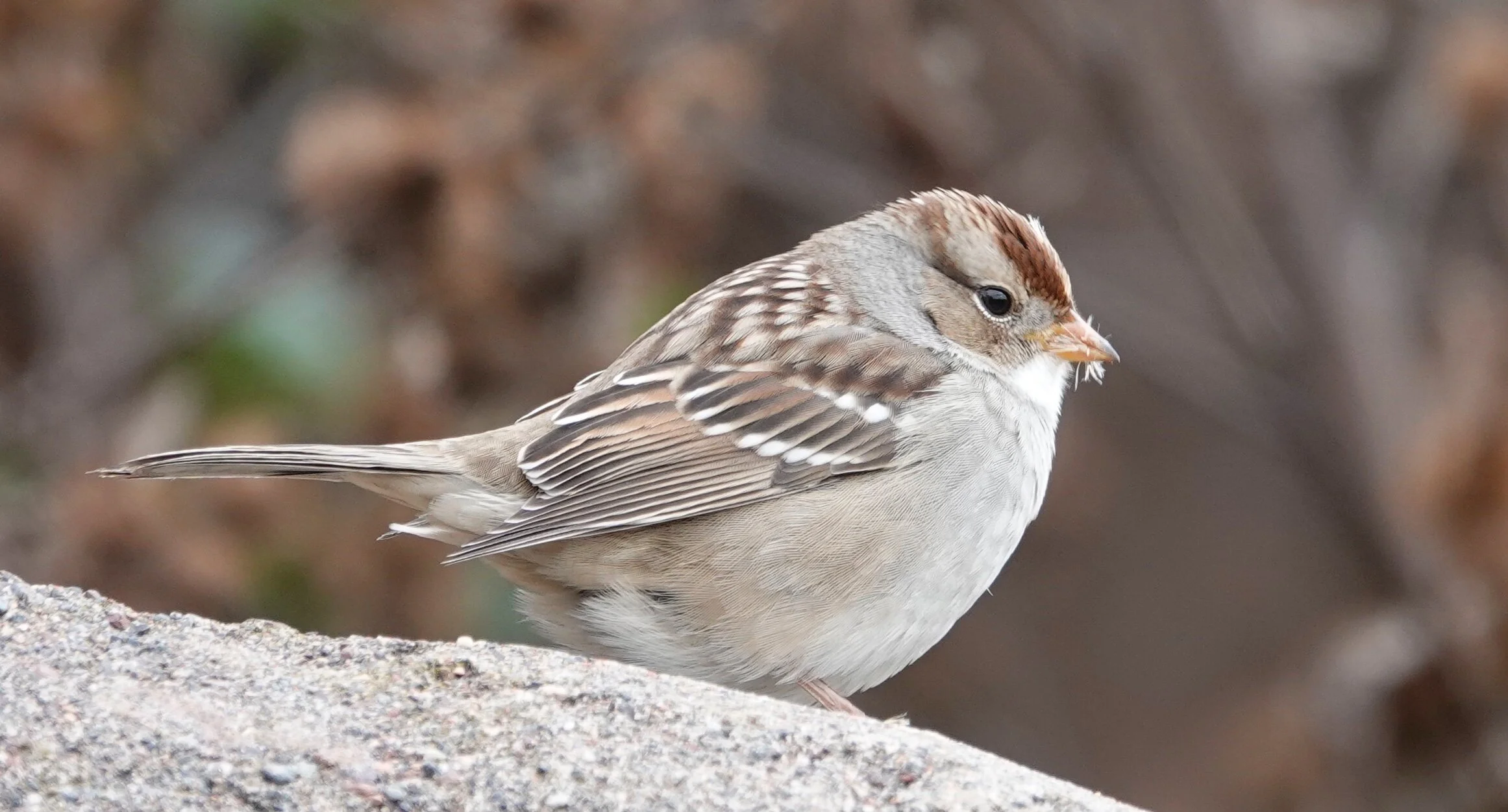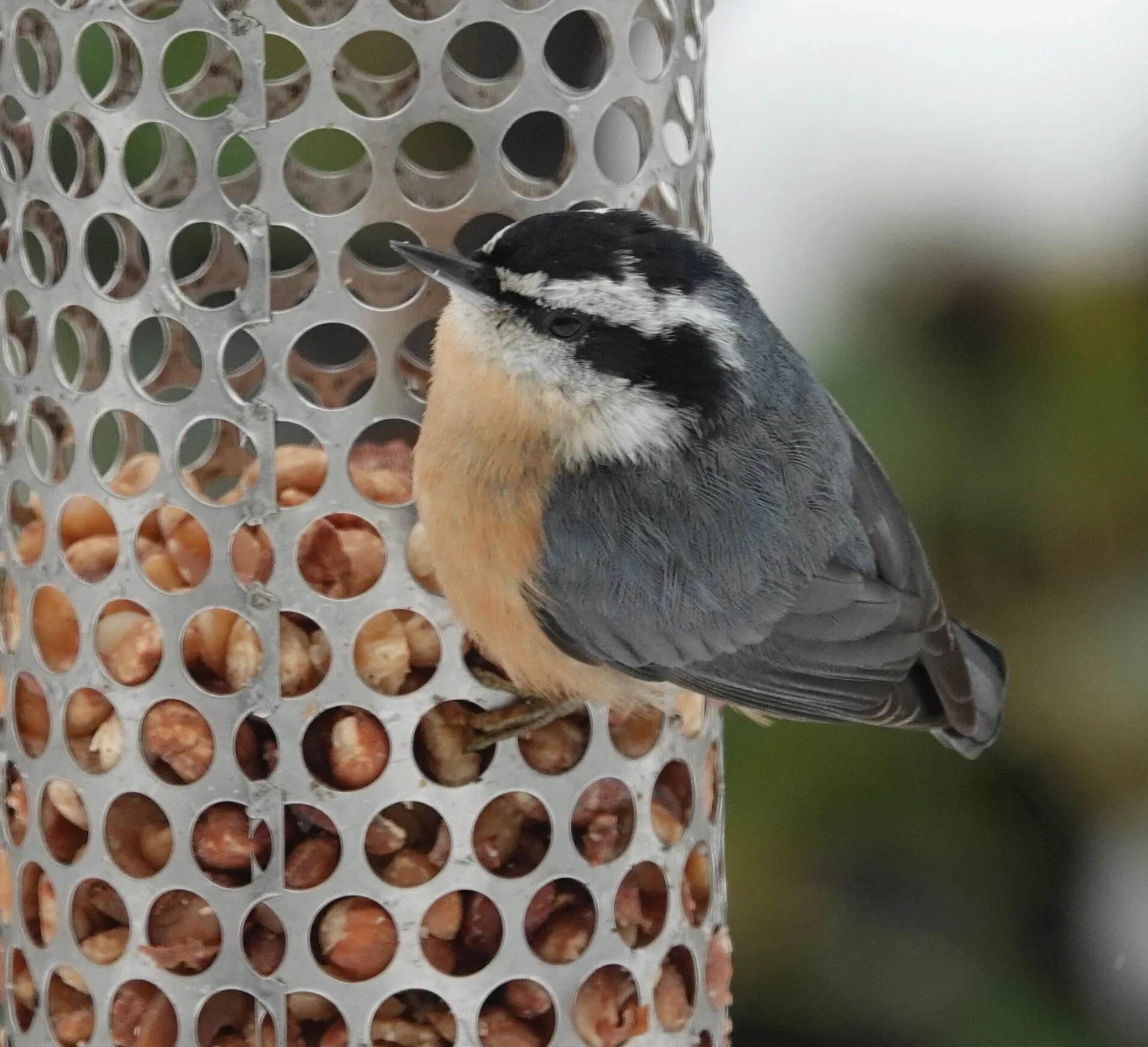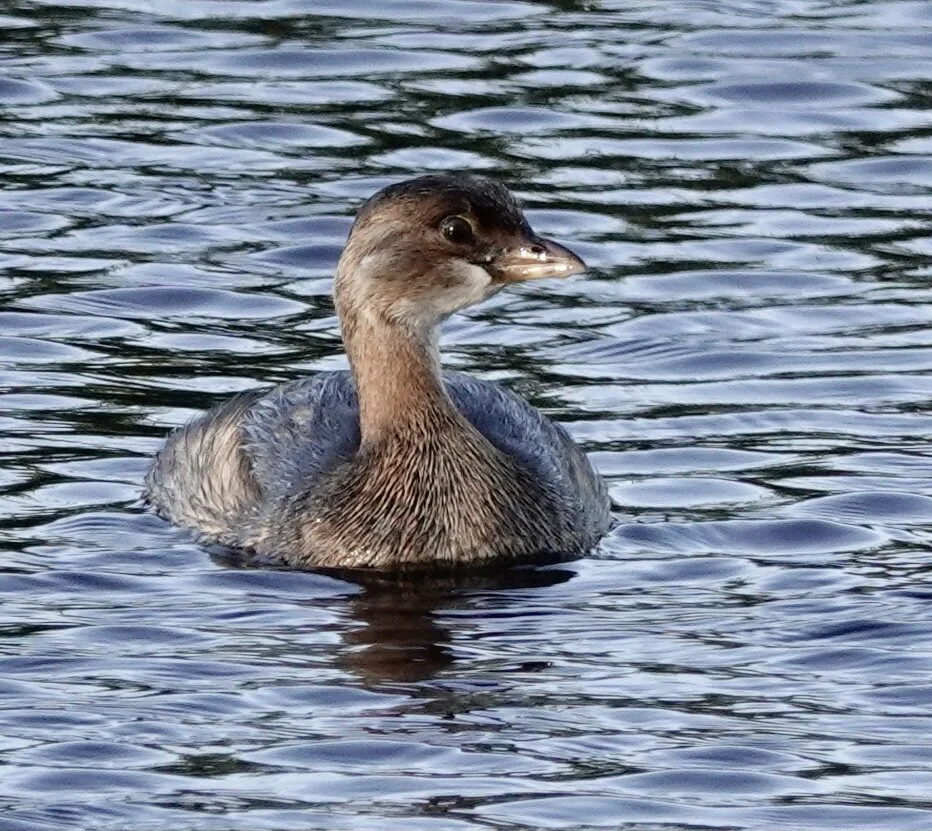Naturally
I watched a nuthatch take peanuts from a feeder. It was a white-breasted peanuthatch. A grumpy-looking bird, either the bluebird of crankiness or the bluebird of Minneapolis perched nearby. I studied squirrels gathering leaves at the tops of the trees. They were nest contractors.
This is an irruption year for finches. Pine siskins have been numerous and we’ll likely be seeing common redpolls. I'm keeping sharp eyes out for evening grosbeaks. I've had four people in southern Minnesota and northern Iowa tell me they'd seen these beautiful yellow, black and white birds. The birds are good eaters and when they visit a feeder, they're like hogs at a trough. There was a good crop of spruce budworms in the north this year. Those are prime food for the grosbeak nestlings and produced a good crop of grosbeaks.
I've been a member of the board of the American Bald Eagle Foundation (ABEF) in Haines, Alaska, for a goodly number of years. Each year, we hold a festival where people come from all over to see the eagles and other wildlife. Smithsonian Magazine did an article recently titled, "Behold the Largest Congregation of Bald Eagles in the United States." The subtitle was, "Every November, hundreds if not thousands of the birds of prey gather in Haines, Alaska, to feast on salmon." The festival was canceled this year because of COVID-19 and the Canadian border being closed. A friend, Cheryl Roberts of Haines, drove the route along the Chilkat River where the birds typically congregate and counted 25 eagles. Another friend, Dave Olerud of Haines, drove the same road and counted 20 eagles. If there was a festival this year, we'd have had to put up cardboard cutouts of eagles. Low salmon runs are believed to be the cause for the poor eagle crowd and combined with a poor berry season has caused bears to seek other food sources. Add that the local landfill has become more secure and you have bears raiding things like garages in search of food. At least 40 brown bears were killed, some to protect property, in Haines during the regulatory year running July — June. Those numbers are unprecedented as the previous high was 22. Residents were cautioned to do a better job securing bear attractants. In other sad news, a wild brown bear broke in and killed Caesar, a 16-year-old alpaca and unofficial mascot of the zoo in Anchorage. Wildlife officials euthanized the bear.
At the ABEF, a magpie got into the mew of Bella, a bald eagle. There was no damage done to either bird and the two were seen perched on the same roost.
Q&A
"What is the chicken hawk?" The misleading moniker is typically applied to three raptors. The Cooper's hawk is the one I first think of. It's also nicknamed big blue darter, hen hawk, quail hawk, striker or swift hawk. The sharp-shinned hawk is also called bird hawk, bullet hawk, little blue darter or slate-colored hawk. The red-tailed hawk is the other bird of prey.
"How many bald eagles spend the winter in Minnesota?" I don’t know the number. The eagle is a regular in winter in southeastern Minnesota and other parts of Minnesota where there is open water. Wabasha, Read's Landing, Camp Lacupolis and the surrounding riverfront areas hold lovely viewing spots for wintering bald eagles. The birds overwinter in the Red Wing and Wabasha areas near the Mississippi River, where the current of the inflowing Chippewa River maintains open water.
Susan Wegner of Maine wrote, "Here is a bird plumage question for you. After watching the gyrations of little birds at the feeders, I became aware of the white-breasted nuthatch’s chestnut-colored "undergump" as the Norwegians say. Or undertail coverts as my 1980 Peterson says. So, rather than ask the "source of all knowledge" (internet through google search), I thought I would ask you, humorous human source of bird knowledge. So why the colors down under?" It's related to courtship. Arthur Cleveland Bent wrote in 1948, "Standing back to her, he bows slowly downward as he sings, then in the interval before another song he straightens up, then bows as he sings again. The songs come with perfect regularity over and over again and can thus be recognized even in the distance as the courtship song. We may imagine what a changing color scheme is presented to the female bird, if, as his song invites her to do, she glances his way — the black of his crown and his rough raised mane, then the blue-gray of his back, then the variegated black and white pattern of his expanded tail, then, perhaps, at the end of his bow, a flash of ruddy brown."
Thanks for stopping by
"I would maintain that thanks are the highest form of thought; and that gratitude is happiness doubled by wonder." ― G.K. Chesterton
"Be curious, not judgmental." — Walt Whitman
Do good.
©Al Batt 2020

















































